Affiliate links on Android Authority may earn us a commission. Learn more.
Nokia, BlackBerry, Palm — We should stop trying to revive dead phone brands
Published onMarch 17, 2022
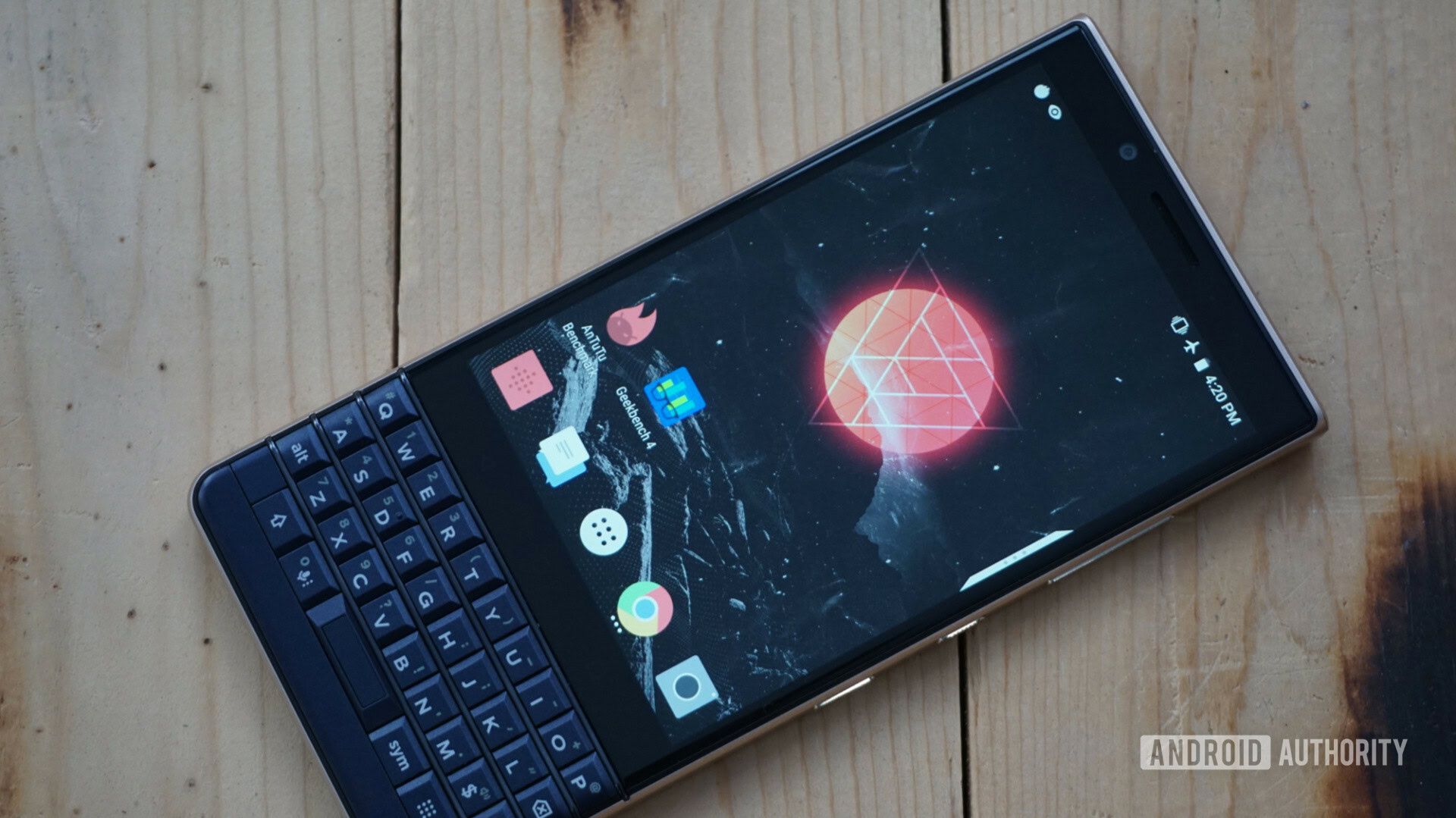
New is the new new. It’s an adage that has worked to great effect in several industries. Fashion, for example, always comes full circle. Volkswagon’s revival of the classic camper van is another example of the ever-lasting appeal of some ideas. But an idea isn’t representative of a brand as a whole.
A brand is the sum of its successes and failures.
A brand is made of multiple ideas, some successful, some failed, and some that have run past their expiry date. The tech industry, for all its push towards the future, has time and time again attempted to revive brands that are dying, dead, or well past their glory days. Unfortunately, I’m yet to find a single example where it truly worked out.
The most recent example of a failed attempt at reviving a brand is Onward Mobility‘s story with BlackBerry. The company announced its plans to rebuild BlackBerry in 2020. Two years later, there’s no phone in sight and Onward Mobility has shuttered. It isn’t the first one to make that attempt either.
Go back in time: Dead or alive? This is what’s happening with BlackBerry
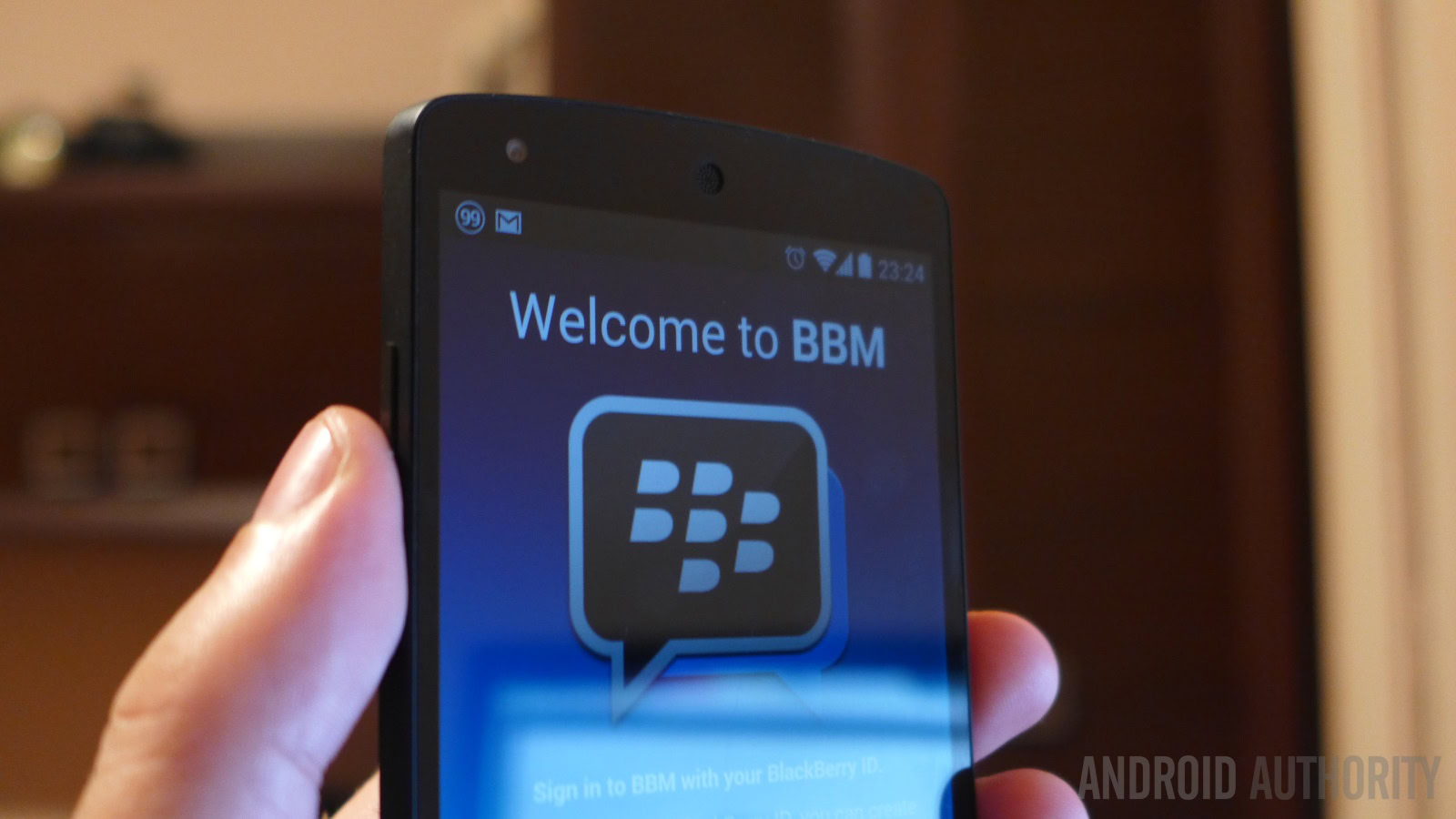
BlackBerry, for the young ‘uns here, is famous for having pulled off “an Apple” when the iPhone was just a dream. The Canadian manufacturer built its business around the BlackBerry Messenger service. The chat app, launched in 2005, allowed users to share texts, photos, voice notes, and even make calls. If that sounds a bit like iMessage, you wouldn’t be wrong.
BlackBerry Messenger was the glue that kept users stuck to BlackBerry phones.
Like iMessage and iPhones, BBM was exclusive to BlackBerry users all the way till 2013. The chat service helped BlackBerry gain, and more importantly, retain, millions of users. Of course, that advantage was quickly squandered when the company took too long to transition to the modern BlackBerry 10 platform. In a world of iPhones and Android devices, the antiquated BlackBerry OS stood no chance despite the company’s last-ditch efforts to expand BBM to Android and iOS.
When Research In Motion, the parent company of BlackBerry, finally decided to call it quits, it licensed out the brand name to TCL, Optiemus Infracom, and others. Unfortunately, these companies failed to realize that BlackBerry’s true appeal was in the then-unique chat service as well as a form factor designed around communication.
While a few attempts were made to bring back the keyboard-driven design, it was simply too late. The Android-based follow-up phones were entirely devoid of BlackBerry’s soul and with the company switching off consumer chat services altogether, these phones were BlackBerry devices only in name. Failure was obvious.
The gimmicky Palm companion device had nothing to do with Palm's legacy as the creator of the modern smartphone interface.
It’s the same story with Palm. The legacy of Palm lies in the broad range of Personal Digital Assistant devices it developed. Founded in 1992, the company defined what a smartphone should be and set the ball rolling for modern interfaces when it debuted WebOS in 2009. The Palm Pre debuted that year and showed off the world’s first multitasking capable smartphone. Its legacy lives on in the card and swipe-based interfaces we are so used to on iPhones and Android devices nowadays.
Like BlackBerry, Palm too has gone through a few hands. HP picked up the name in 2010 but quickly sold it off to TCL following the spectacular failure of the WebOS-based TouchPad tablet. And once again, TCL failed to recognize what made Palm special.
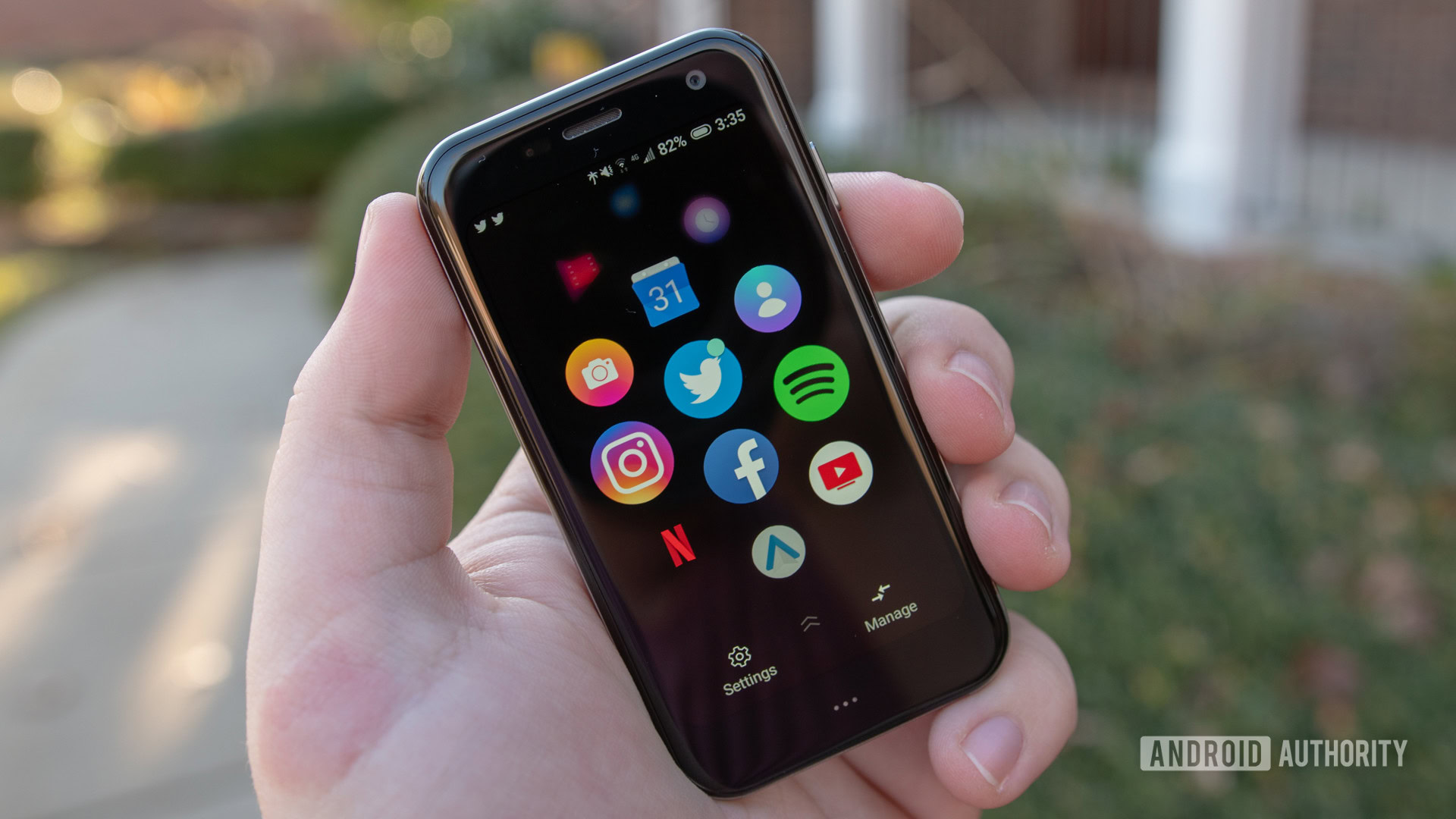
The Palm revival attempt was a crowdfunded bite-sized smartphone that was a play on the company’s name. The, ahem, palm-sized phone was designed as a companion for larger phones. In fact, at launch, it could only be used when paired with a second device. It doesn’t take a genius to realize that the market size for such a product is minuscule at best. This plan to revitalize a business-focused brand as a palm-sized accessory was dead in the water before it launched. It’s been radio silence since 2019.
Our verdict: Palm Phone review: Just buy a smartphone
Time and time again, it has been proven that it is nearly impossible to resurrect a brand just on the merit of its name. The refreshed BlackBerry and Palm had little to do with the original devices and what made them great. While it is obvious that the new owners are making a play for nostalgia, the BlackBerry or Palm brands were never really about the hardware.
Instead, it was the accompanying apps and services that were the selling point. In 2016, BlackBerry Messenger was no longer relevant enough to be a selling point for potential BlackBerry users. Meanwhile, the all-new Palm phone was just a generic compact phone designed for a market that did not exist.
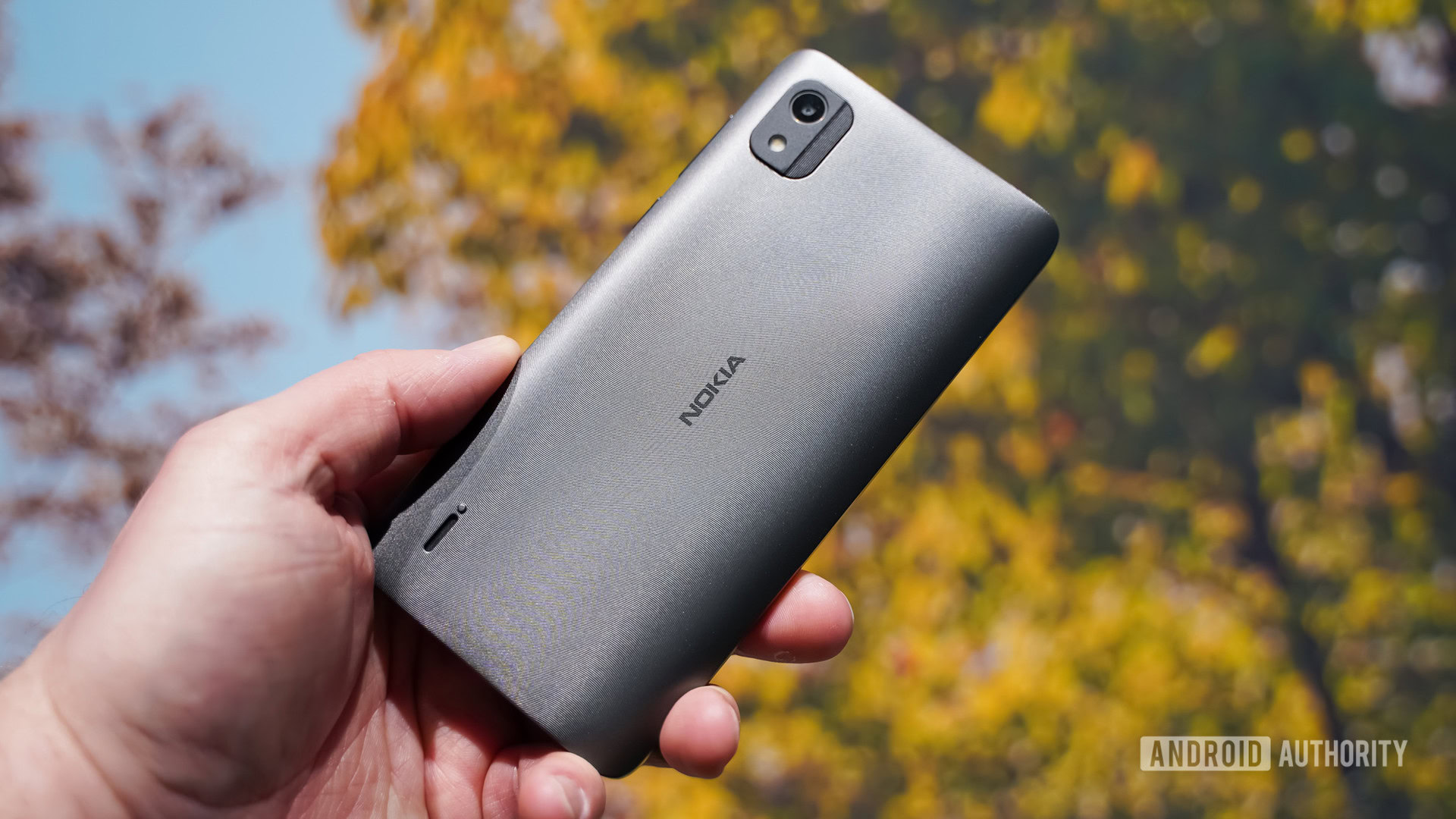
That’s not to say that it can’t be done. HMD Global’s take on Nokia just crossed five years on the market and has survived on the back of the core ethos that made Nokia Phones great — reliability, good build quality.
Read more: HMD admits it has given up on flagships for now (and that’s a good thing)
It might not have set the flagship world on fire, but cookie-cutter budget phones with a light sprinkling of the Nokia magic is a valid business strategy. It may not be the Nokia everyone wanted, and it certainly isn’t the Nokia we were promised, but the company is still shipping well-built, reasonably reliable hardware. I can live with that.
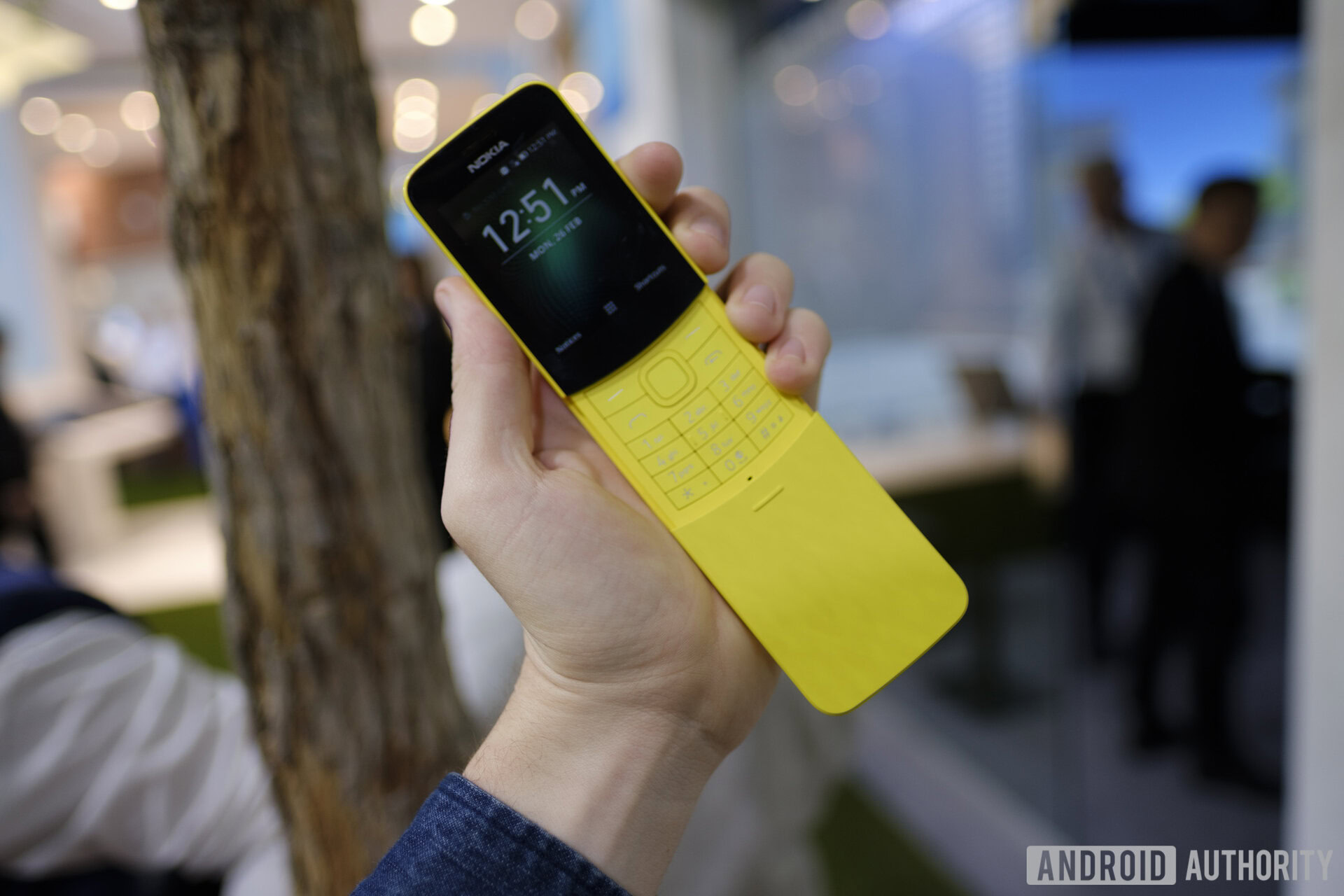
That said, it isn’t a strategy that needed the Nokia brand behind it. The only “Nokia thing” about the re-imagining is a litany of feature phones cribbing past designs. HMD has completely failed to capitalize on the original brand’s use of interesting materials, innovative designs, ground-breaking features, and class-leading cameras.
HMD's struggles with flagships and updates did no favors to the Nokia brand's legacy.
In fact, feature phones aside, HMD’s Nokia is just a steady spate of generic Android hardware. It might have taken a bit longer, but I’m confident that HMD could have pulled off its middling success without needing the Nokia brand. Going a step further, it wouldn’t be unfair to say that HMD’s struggles with flagship hardware and software updates have done no favors to the legacy of the Nokia brand.
Our opinion: Five years on, HMD Global’s handling of Nokia is a tale of squandered potential
Making a smartphone is hard, and nostalgia can only take you so far. Building a company tied to the storied legacy of a past giant can only work when brands recognize what made those phones so successful. Slapping on a popular brand name on a generic Android smartphone might be reaching for the low-hanging fruit, but it is also the easiest way to kill the legacy of a brand — something we’ve seen time and time again. A brand revival can only work when it fills a market gap. More often than not, brands cease to exist precisely because they no longer serve a purpose, which makes a comeback even harder.
Perhaps it is time we let dead brands stay dead instead of destroying their legacy in the name of an easy cash grab.